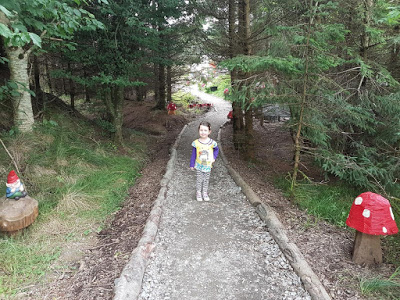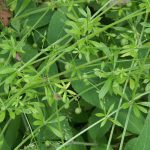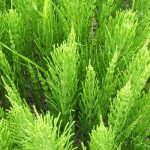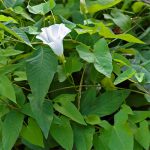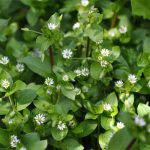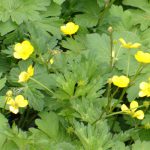White Clover
Trifolium repens

A common sight (unless you are looking for the four leaved variety!), clover is a low growing weed which has runners which stretch across the surface of the lawn and can quickly choke the grass. Clover prefers damp, nutrient rich soil. Each plant has the iconic three leaves and white/pink flowers appear throughout the summer.
Leaves
The clover has three leaves, four if luck is on your side. They are oval shaped and often each leaf has a white V on it.
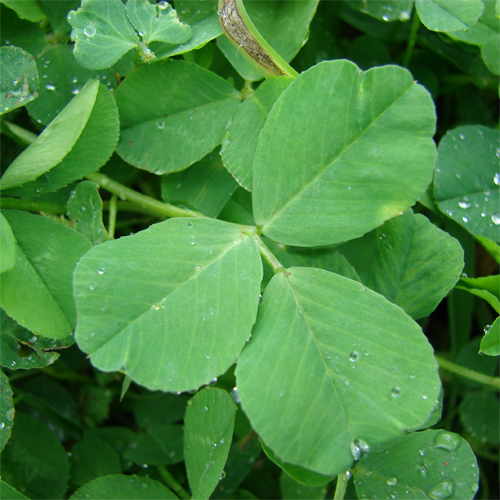
Flowers
As it’s name suggests, the flowers are white and form a cluster. Flowers from June to September. The distinctive spiky flower has upward-facing petals, and the flower is small, pea-shaped flowers are borne in dense globular clusters at the top of slender upright stalks. The white clover flower usually has a pinky tinge and the red clover flower doesn’t look red at all. It’s pink or even purplish.
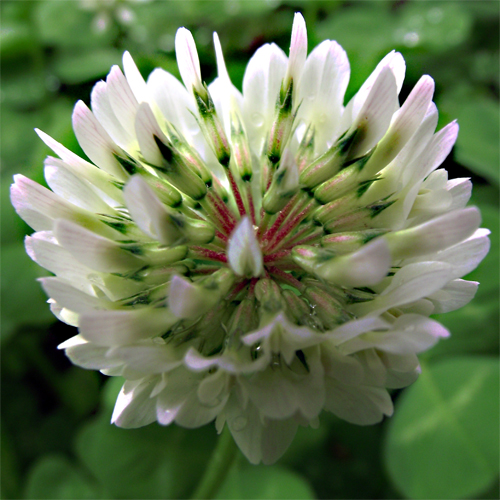
Preferred Habitat
Often found in parks, banks and lawns – any type of grassland habitat – white clover is the commonest of the clovers.
Weed Control
Getting rid of white clover starts with a healthy lawn. Clover will grow in areas of low nitrogen and where competition from other plants is small, so making sure that your lawn (and flower beds) are well fertilised will not only help desirable grass and plants to grow and keep out white clover, but will also make the soil less friendly to white clover. In flower beds, clover can be kept at bay by using a thick layer of mulch. This will keep the seeds from germinating.
Hand pulling is an organic and common way to get rid of white clover. White clover frequently grows in clumps, which make hand pulling easy and efficient. When hand pulling white clover, make sure that you pull out as much of the root system as possible to prevent regrowth.
Killing white clover with herbicide is also a common way to deal with this weed, especially over larger areas. The problem with using herbicides is that the only herbicide that has found to be effective at controlling white clover is glyphosate non-selective weed killers. These herbicides will kill the white clover, but will also kill any other plants it comes in contact with.
Not Just a Weed
In the UK the most important forage legume is white clover. It is the ‘engine’ in many fields, with millions of plants working 24 hours a day. It is the most flexible forage legume, providing reliable production for grazing as well as for silage. Due to the large acreage grown, it is, without doubt, the most generous provider of home-grown protein underpining soil fertility strategies for dairy, sheep and beef producers.
The flowers are the foragers main delight. Just make sure you harvest them before they turn brown. They can be added to raw to salads (broken apart and middles discarded), fried up and sautéed down. They can also be dried and turned into a delicious, mellow tea and ground into flour and turned into vanilla-like flavoured baked goods. The young leaves can eaten raw in salads and the roots should only be cooked before eaten.
